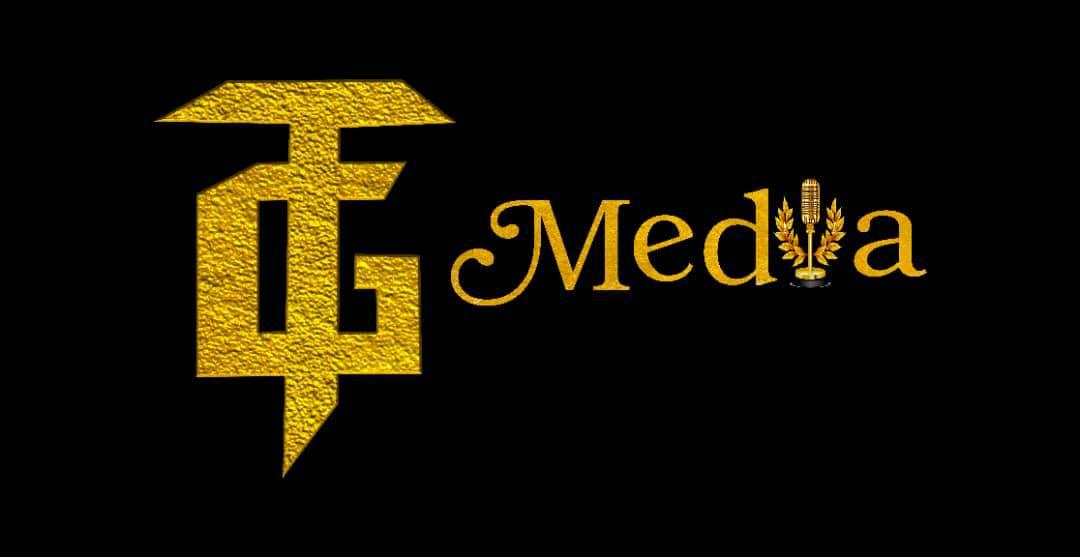US job creation rocketed higher last month, a jolt of unexpected good news for President Donald Trump as his economic agenda comes under increasing strain.
With an unexpectedly strong finish to 2018, the blowout US jobs numbers were a reminder that the world’s largest economy remains in good health for the moment — sharply contrasting with gloom on global financial markets in recent weeks.
Fears over a slowing world economy last month caused stock prices to tumble and confidence waned among corporations who foresee dwindling demand and weakening sales in 2019.
But the December jobs news helped prompt a rebound on Wall Street, with all three major indices rallying after Thursday’s rout.
Employers added a whopping 312,000 net new positions for the month, smashing economists’ expectations, and wages rose steadily, gaining 3.2 percent for the year.
The unemployment rate ticked up by two tenths of a point to 3.9 percent but mostly because the labor force grew as more workers joined the job hunt, according to the closely-watched report.
And net job gains in October and November were revised up a combined 58,000, the Labor Department said.
Job creation last year rose to a monthly average of 220,000 positions, far higher than the 182,000 recorded in 2017 but lower than 2014 and 2015, a sign that 2018 was boosted by unusual tax cuts and fiscal stimulus.
The fresh signal that although Wall Street may be ailing the real economy is chugging along was sure to delight Trump.
- Rising interest rates? –
However, the new evidence of a strong economy could add to the case for the Federal Reserve to continue to raise interest rates this year, something Trump has aggressively and publicly complained about.
 AFP / AFPThe US unemployment rate ticked up two-tenths in December but that was largely due to more workers joining the labor force
AFP / AFPThe US unemployment rate ticked up two-tenths in December but that was largely due to more workers joining the labor forceForecasts from Fed officials last month indicated they expect just two rate hikes in 2019 amid signs of weakness, rather than three.
Jim O’Sullivan of High Frequency Economics said “the unemployment rate is already low enough to put upward pressure on labor costs.”
“The recent turmoil in markets is raising the likelihood of some slowing ahead, although these data provide a reminder of how strong the trend has been before whatever slowing occurs,” he said.
Wall Street forged higher following the jobs news, aided by an announcement that US-China trade talks were due to resume next week in Beijing.
The rally kicked into high gear and the Dow Jones Industrial Average ended with a posting a 3.3 percent gain, also helped by Federal Reserve Chairman Jerome Powell who said the US central bank would be “patient” in deciding on any further increases in the benchmark lending rates.
Trump faces protracted political battles in 2019 and the danger he could be blamed should the economy stumble amid a government shutdown and a stinging trade war with China.
Hiring last month jumped in healthcare, bars and restaurants, construction and, notably, in manufacturing, especially for durable goods, fabricated metal products and computers and electronics — all sectors that complain of lower profits and lost sales due to global trade tensions.
The report also suggested there was rising hope among job seekers.
The labor force participation rate — a measure of the total supply of employed people and those available and searching for work — rose to its highest level since September 2017 at 63.1 percent of the working-age population.
The 3.2 percent wage gains compared to 2017 also meant workers saw increased purchasing power as consumer inflation over the same period was a slower 2.2 percent.
The sudden jump in hiring could be explained by weather effects as much of the nation experienced unusually cold temperatures during the November survey week while December was unseasonably warm.
“We expected a strong payroll number after the distortions of recent months due to two hurricanes, the California fires and the very cold November survey week, but this is spectacular,” said economist Ian Shepherdson of Pantheon Macroeconomics.
But he cautioned that “this pace can’t be sustained.”
AFP






